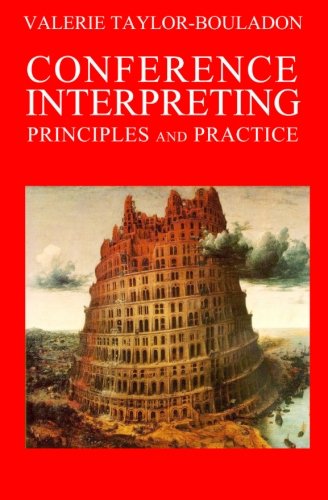The following text is taken from by Valerie Taylor-Bouladon’s extremely useful book, Conference Interpreting – Principles and Practice, and was kindly sent in to this site by the author herself.

Most beginners tend to write down too much but with experience you will see that your memory is better than you think and a few clear notes are infinitely preferable to a whole page of notes written so fast you can’t read them back.
As to what you should note, W. Keiser suggests the following:
l. Always ideas, arguments, never just words. But write down all proper names, figures, titles, quotes.
2. Who speaks and about whom or what.
3. Tense of the action, i.e. present, past or future.
4. Whether the statement is negative, positive, interrogative or exclamatory.
5. Connections between ideas and arguments.
6. Emphasis and stress.
Notes should arranged vertically on the page, with indentations such as for new paragraphs to indicate new thoughts and a system of arrows and connecting signs.